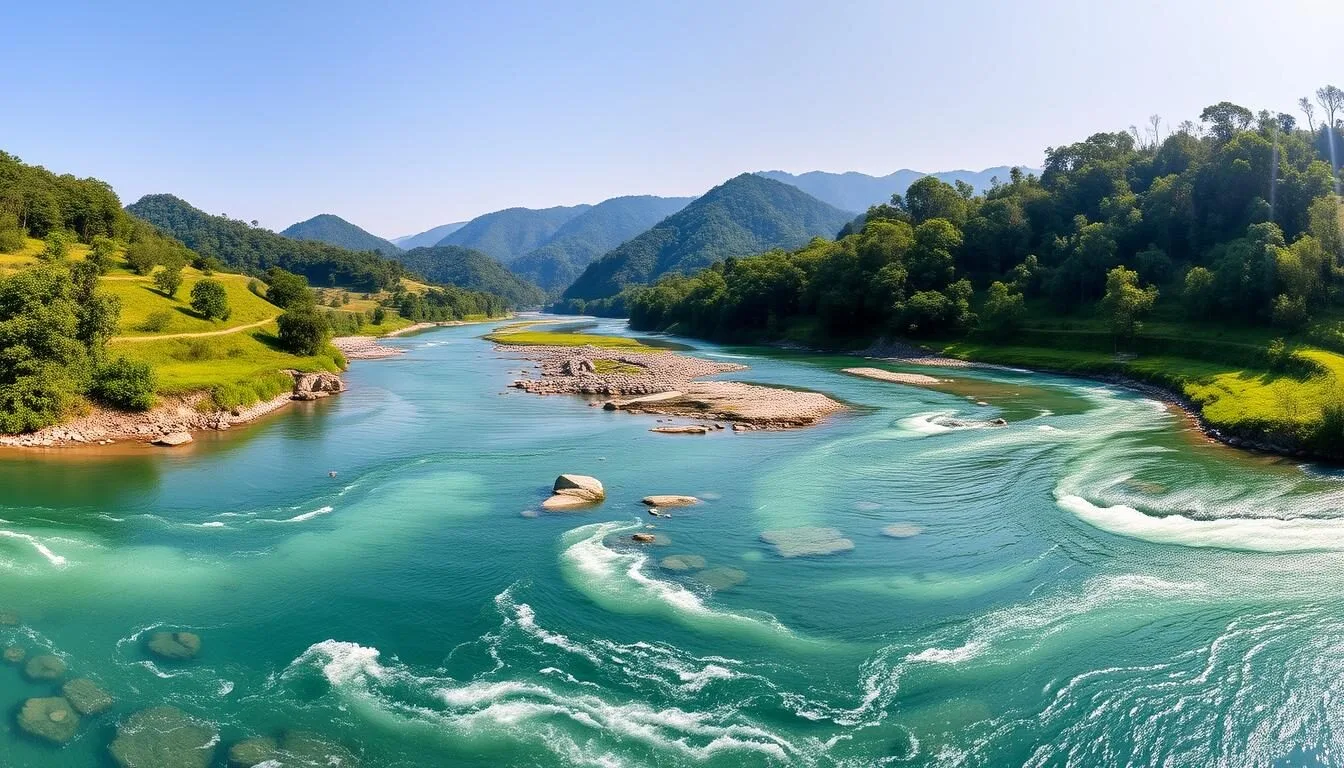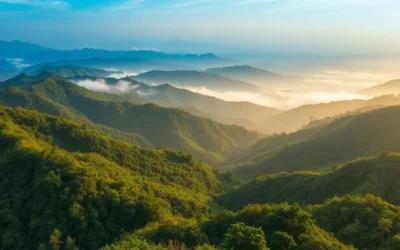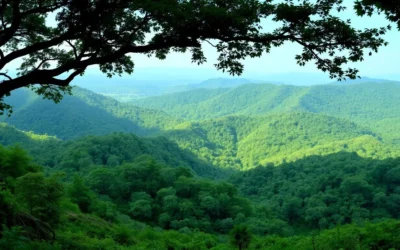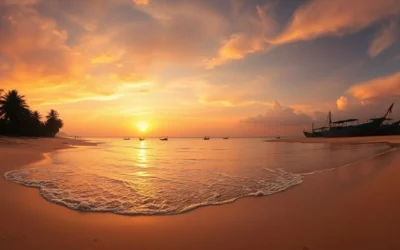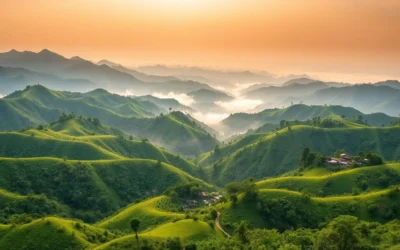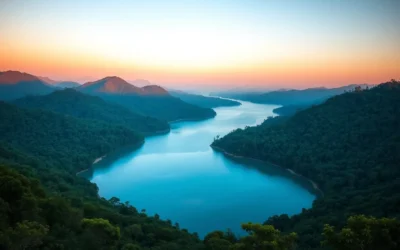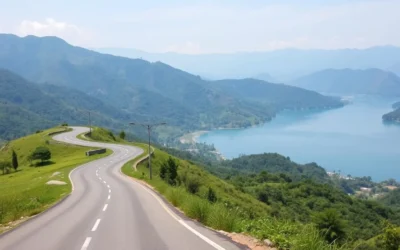✓ Accommodations✓ Flights✓ Rental Cars
Did you know that Jaflong is home to one of the most unique stone collection industries in the world? Here, hundreds of local workers wade into the crystal-clear Piyain River daily to collect stones that have traveled all the way from the Meghalaya hills of India. This remarkable human activity creates a living landscape that photographers find irresistible, making Jaflong one of Bangladesh’s most photogenic destinations.
Nestled in the northeastern corner of Bangladesh along the India-Bangladesh border, Jaflong offers visitors a perfect blend of natural beauty, cultural experiences, and unique photo opportunities. From the stunning hills of Meghalaya visible across the border to the vibrant stone collection activities, this hidden gem provides an authentic glimpse into a side of Bangladesh few travelers get to experience.
Getting to Jaflong
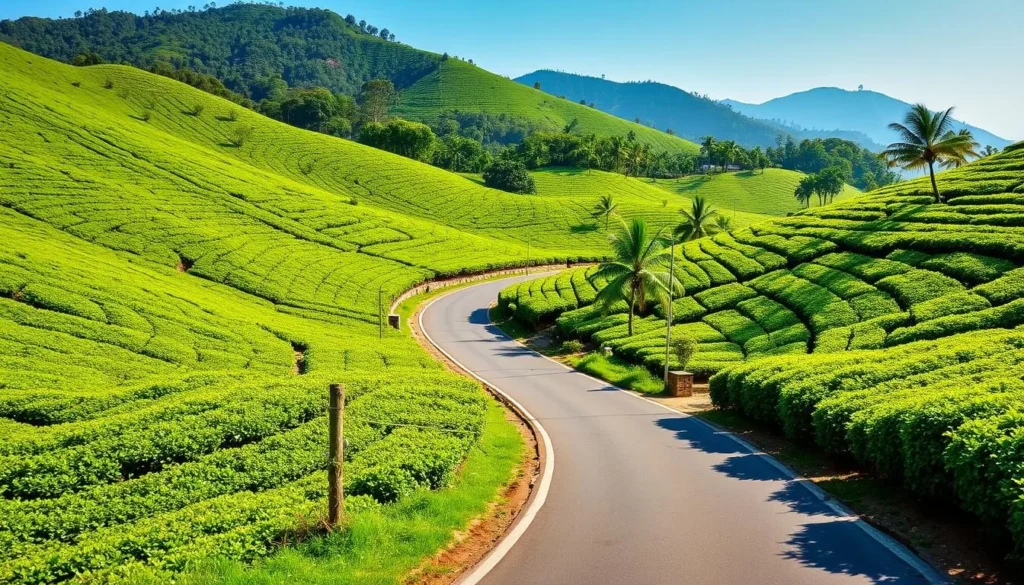
To reach Jaflong, you’ll first need to make your way to Sylhet, the nearest major city. International travelers can fly into Sylhet’s Osmani International Airport, which connects to major hubs like Dhaka.
Plan Your Journey to Jaflong
Start your adventure with these essential travel services:
From Sylhet, you can take a direct bus to Jaflong from the Sobhani Ghat bus station, with departures approximately every hour. The journey takes about 1.5-2 hours, though be prepared for a bumpy ride on the final stretch of road. Alternatively, you can hire a private car or join a guided tour from Sylhet for a more comfortable experience.
Local tip: The last portion of the journey features some rough roads that locals jokingly compare to a roller coaster ride. If you’re prone to motion sickness, consider taking appropriate medication before setting out.
Best Time to Visit Jaflong
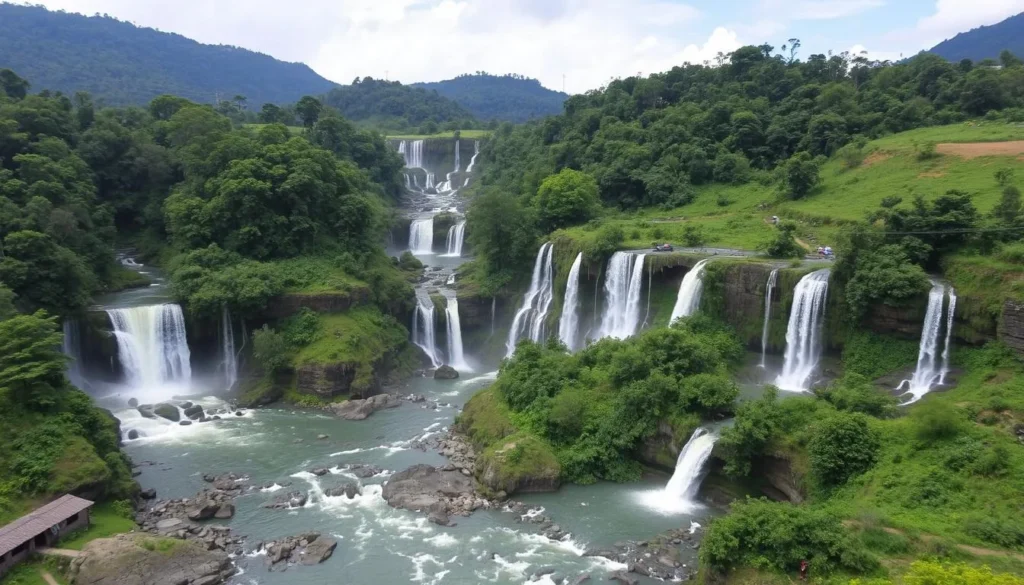
The best time to visit Jaflong depends entirely on what you want to experience:
Monsoon Season (July-September)
If you’re drawn to Jaflong’s natural beauty, the monsoon season is ideal. During these months:
- The hills of Meghalaya are at their greenest
- Numerous waterfalls cascade down the hillsides
- The Piyain River flows with greater volume
- The landscape is lush and vibrant
However, note that stone collection activities are minimal during this period due to high water levels.
Dry Season (October-May)
For those interested in photographing the famous stone collection activities, the dry season is perfect. During this time:
- Water levels are lower, allowing access to more areas
- Stone collection is in full swing
- The weather is more predictable with clear skies
- Walking across the riverbed is possible in many places
The winter months (December-February) offer the most comfortable temperatures for exploration.
Top Attractions in Jaflong
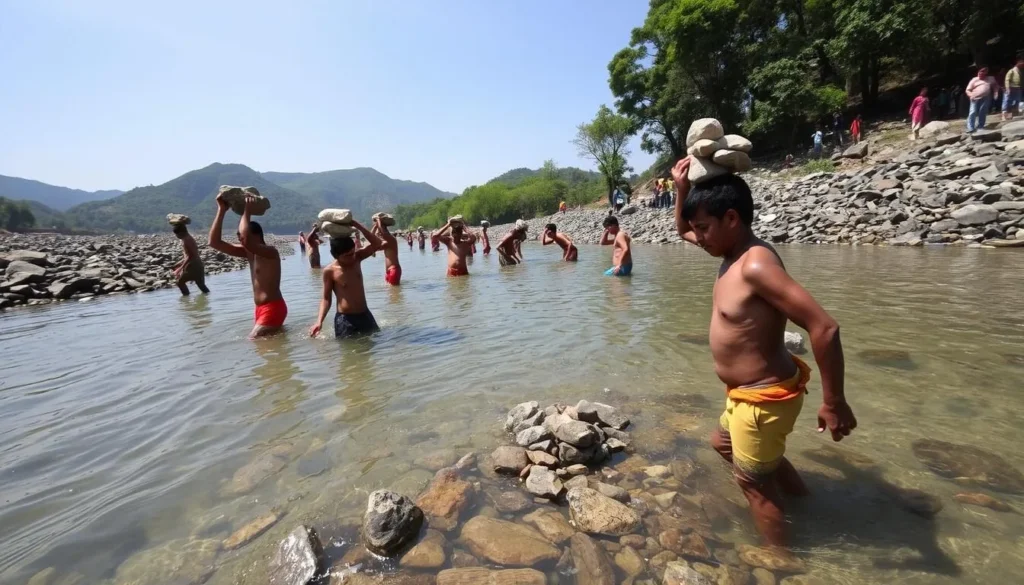
1. Jaflong Zero Point
This is the highlight of any visit to Jaflong – the point where Bangladesh meets India. From here, you can enjoy the most spectacular views of the Meghalaya hills while standing on Bangladeshi soil. The iconic bridge between two hills on the Indian side is the most photographed scene in Jaflong.
During the dry season, you can walk to Zero Point, but in monsoon season, you’ll need to hire a boat from Bolla Ghat to access this area due to higher water levels.
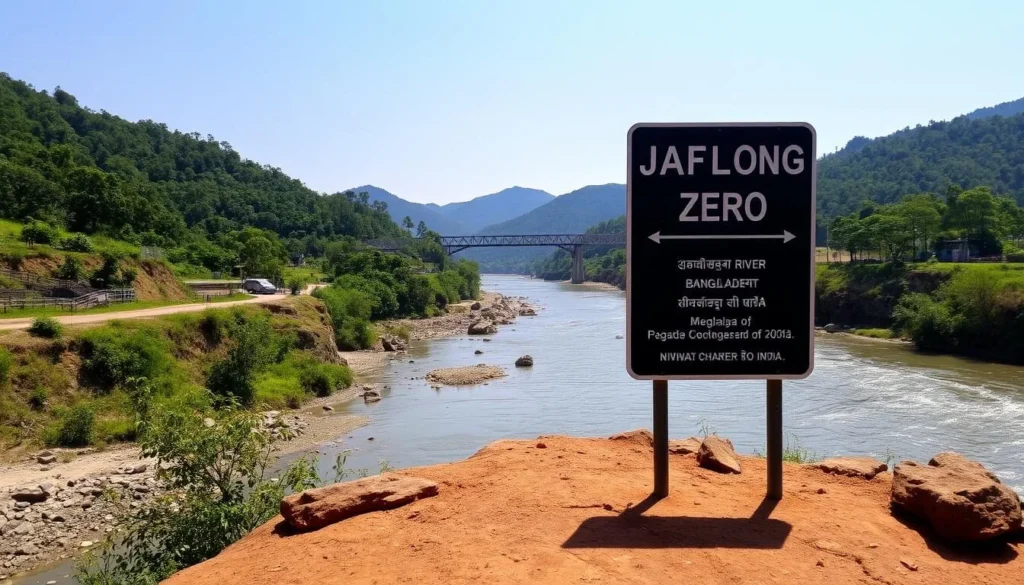
2. Stone Collection Activities
One of the most fascinating aspects of Jaflong is watching the local stone collectors at work. Hundreds of people wade into the Piyain River daily to collect stones that have washed down from the Meghalaya hills. They carry these stones in baskets on their heads to the shore, where they’re sold to stone crushing companies.
This labor-intensive process creates a unique, photogenic scene that draws photographers from around the world. The best time to witness these activities is during the dry season (October to May) when the water level is low.
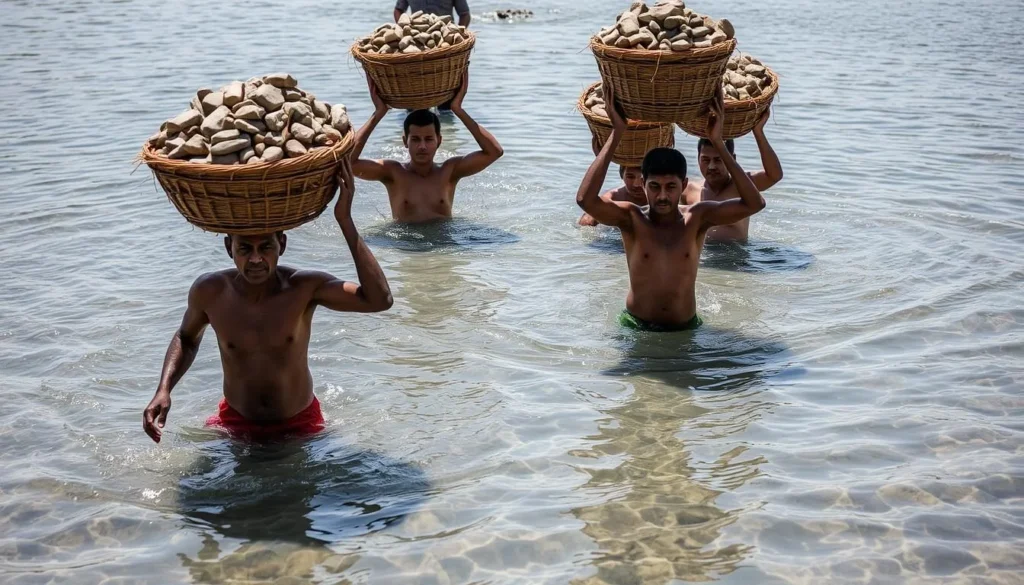
3. Sengram Punji Waterfall
Located about 700 meters west of Zero Point, this beautiful waterfall is situated on the hills of Meghalaya. During the dry season, you can cross the river and walk to the waterfall, while in monsoon season, a boat is necessary to reach it.
Although technically located in India, Bangladeshi tourists can climb this waterfall. It’s particularly spectacular during the monsoon season when water volume increases dramatically.
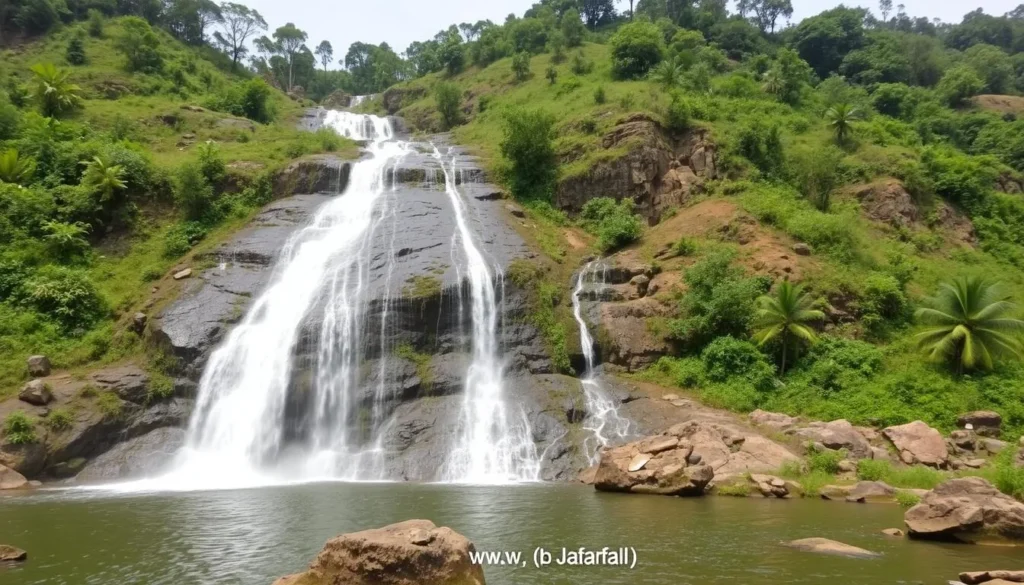
4. Sengram Punji Khasia Village
This traditional village is home to the indigenous Khasia tribal people, whose main livelihood comes from growing betel leaves and betel nuts. The unique architecture of their homes and their sustainable lifestyle offer visitors a glimpse into a different way of life.
The village is located opposite the waterfall and is accessible on foot during the dry season or by boat during monsoon. Visitors can learn about Khasia culture and perhaps purchase some locally grown betel leaves or handicrafts.
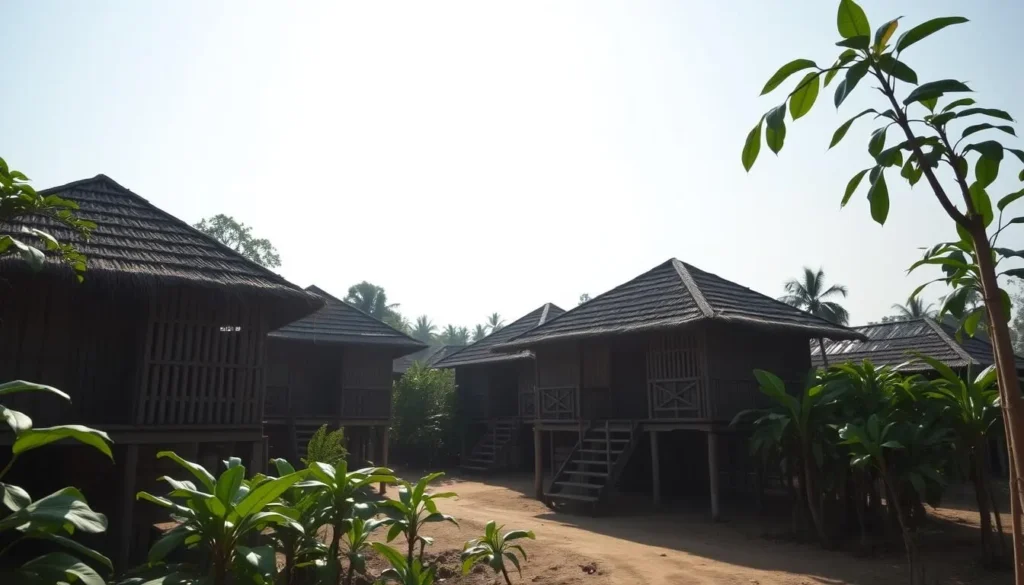
5. Tea Gardens
The surrounding areas of Jaflong are dotted with lush tea gardens that stretch across the rolling hills. These emerald-green plantations offer a peaceful retreat and stunning photo opportunities. Visitors can walk through the neat rows of tea plants and sometimes observe tea pluckers at work.
The Jaflong Tea Garden and Shreepur Tea Garden are among the most accessible and picturesque in the region, with the latter being about 7 km from Jaflong Zero Point.
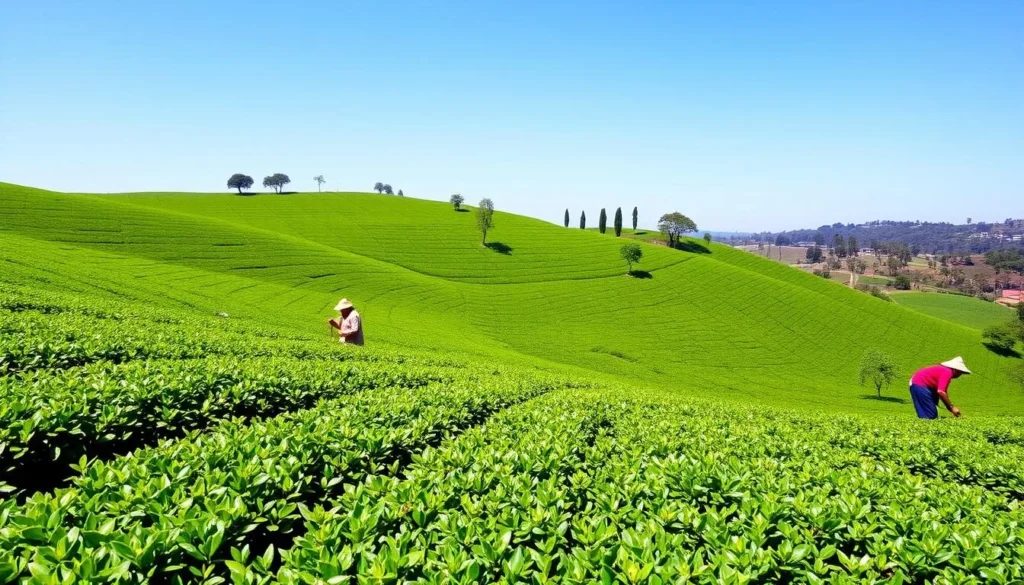
6. Jaflong Bridge
The newly constructed bridge over the Piyain River offers one of the best vantage points to appreciate Jaflong’s beauty. From this elevated position, visitors can enjoy panoramic views of the river and the surrounding Meghalaya hills.
The bridge is particularly beautiful during sunset when the fading light casts a golden glow over the landscape. It’s an ideal spot to spend a peaceful evening in Jaflong.
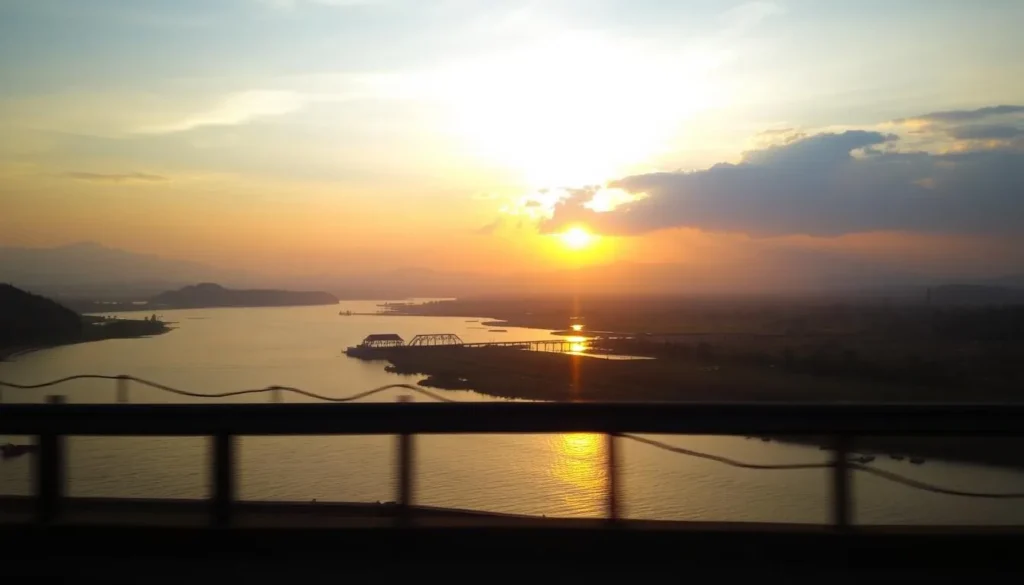
Things to Do in Jaflong
Explore Jaflong with Expert Guides
Discover the hidden gems of Jaflong with professional local guides who know the region best:
Browse Guided Tours

Boat Rides
Experience the beauty of the Piyain River up close with a traditional boat ride. During monsoon season, boats are the primary means to access Zero Point and other attractions. Even in the dry season, a boat ride offers unique perspectives of the landscape and stone collection activities.
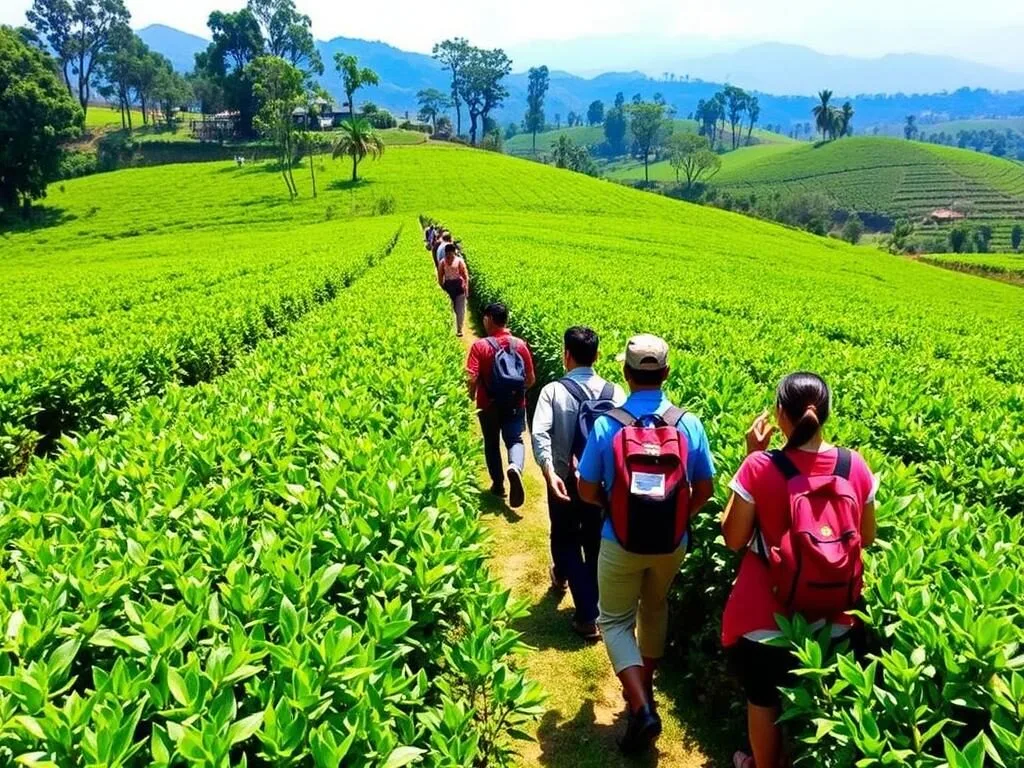
Hiking
The hills and tea gardens around Jaflong offer excellent hiking opportunities. A popular trek is to the Khasia villages, where you can experience local tribal culture. These hikes range from easy walks to more challenging climbs, rewarding you with spectacular views of the surrounding landscape.
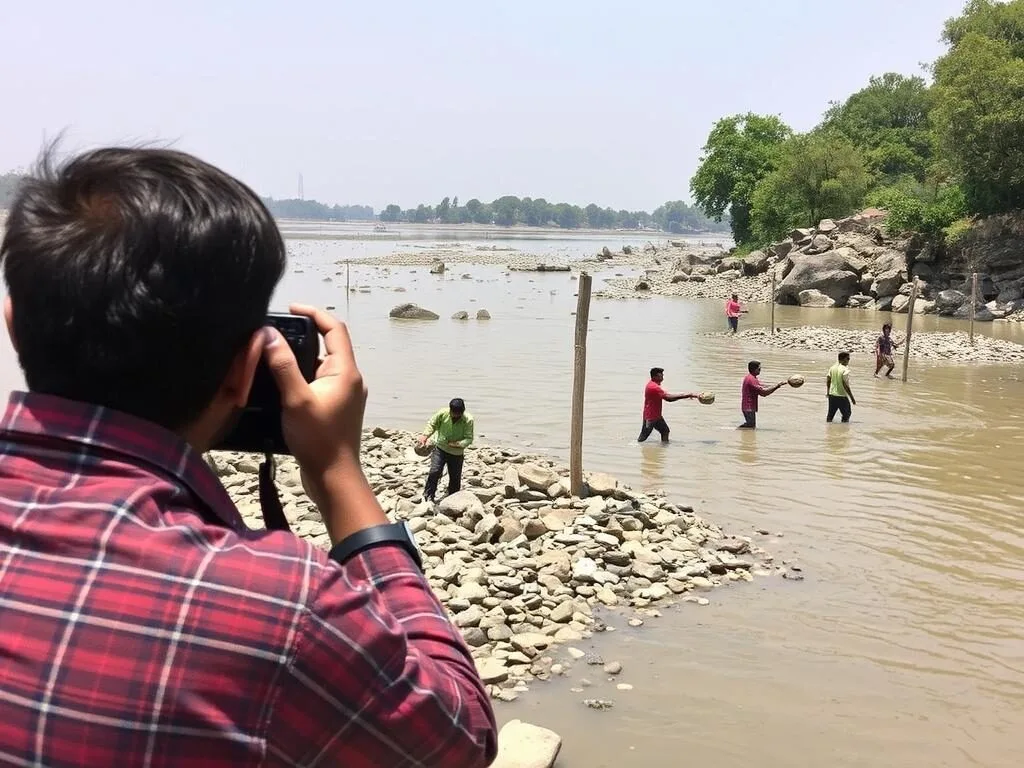
Photography
Jaflong is a photographer’s paradise, offering unique opportunities to capture both natural beauty and human activity. The stone collection process, with workers carrying baskets on their heads, creates compelling visual stories. Early morning and late afternoon provide the best light for photography.
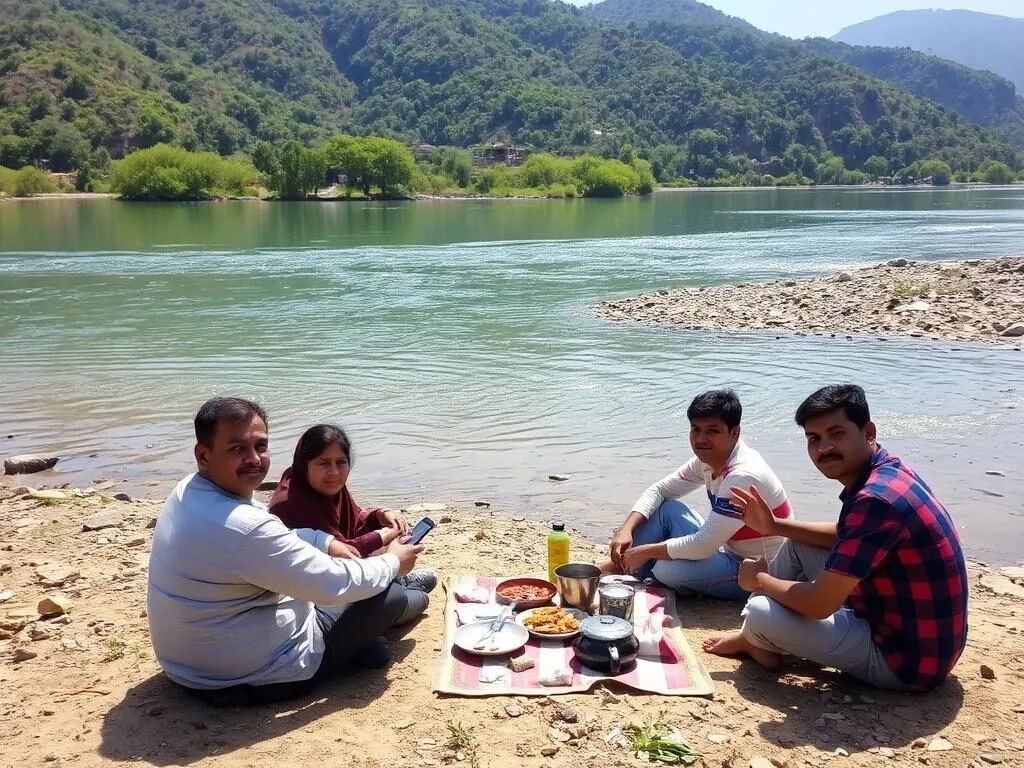
Picnicking
The riverbanks of the Piyain River provide ideal spots for a relaxing picnic. Many local families visit Jaflong on weekends to enjoy meals by the water. Bring your own food or try local dishes from the small restaurants near Bolla Ghat for an authentic experience.
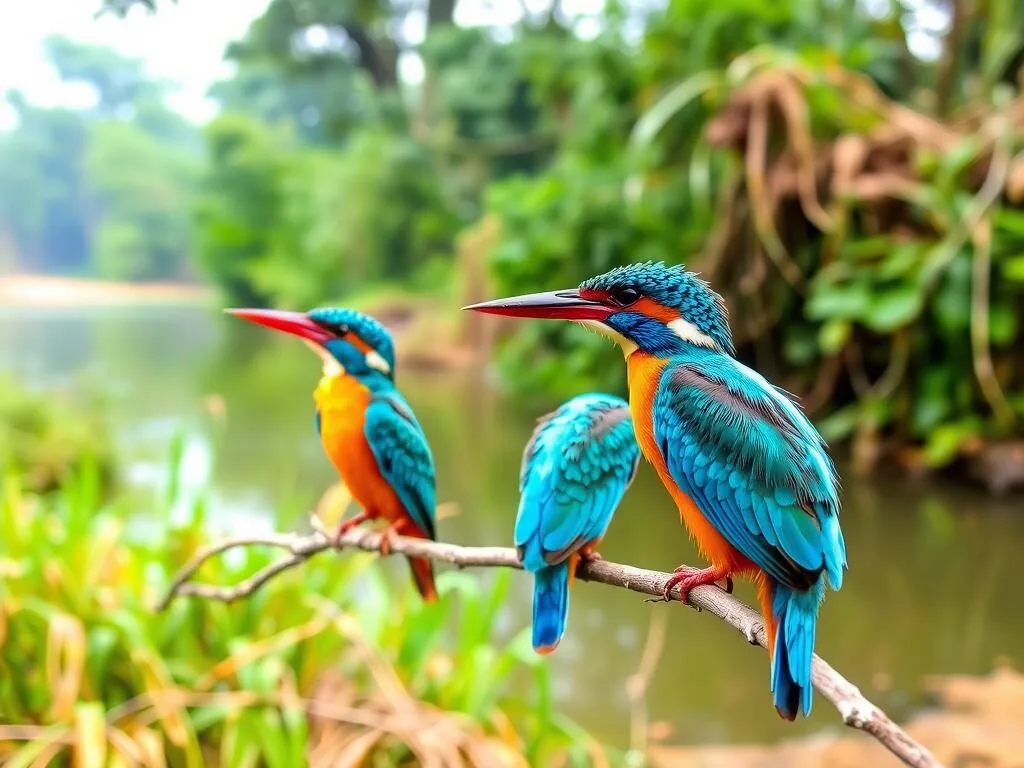
Bird Watching
The diverse ecosystem around Jaflong attracts various bird species, making it an excellent destination for bird watching. Early mornings are best for spotting kingfishers, bulbuls, and other local and migratory birds. Bring binoculars and a field guide to enhance your experience.
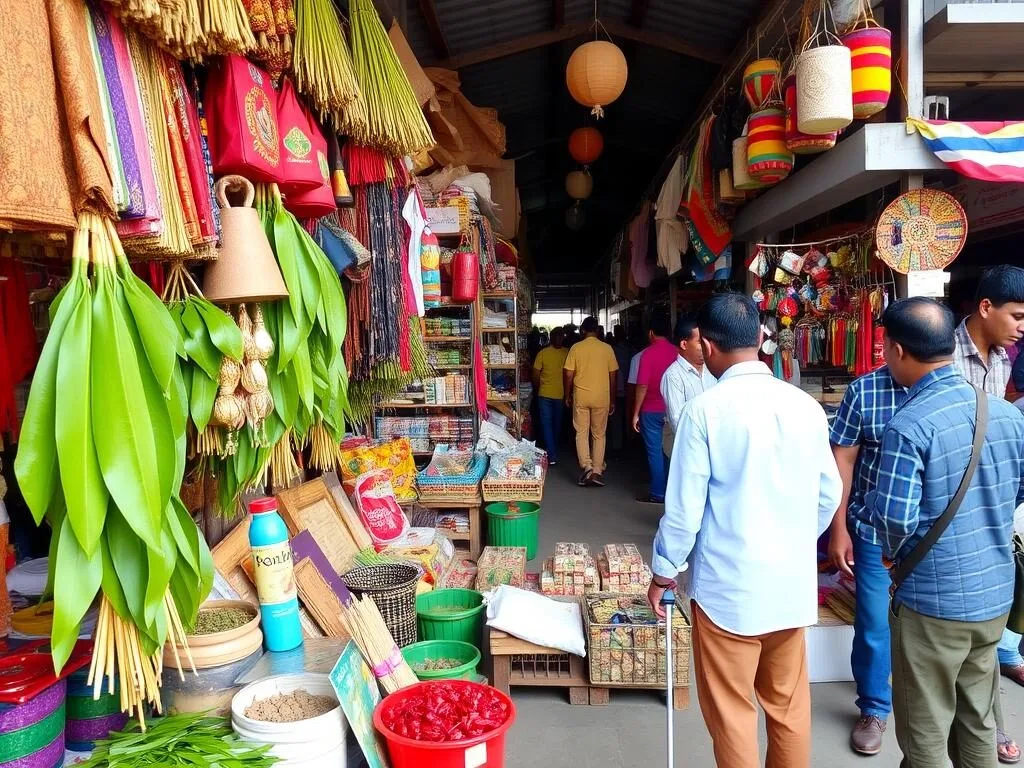
Shopping
While Jaflong isn’t a major shopping destination, you can find interesting souvenirs in the local markets. Look for handcrafted items made by the Khasia people, locally grown betel leaves, or small stones from the river as mementos of your visit.
Where to Stay in Jaflong
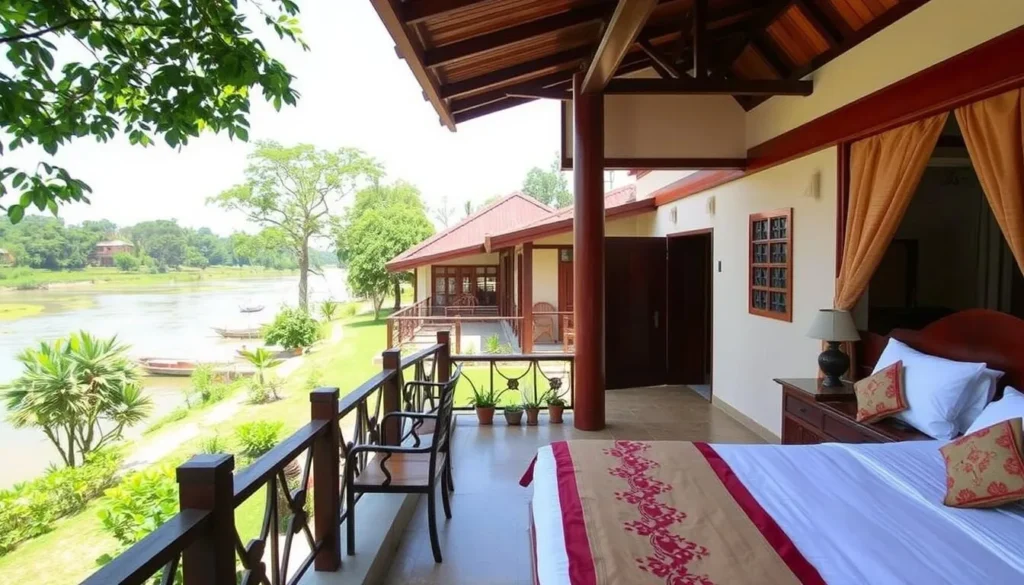
Most visitors experience Jaflong as a day trip from Sylhet, but if you wish to stay overnight to catch the early morning light or simply enjoy the peaceful atmosphere, several accommodation options are available:
Parjatan Motel
This government-run motel is located outside the town center and offers basic but clean accommodations. With only 7 rooms, it’s advisable to book in advance, especially during weekends and holidays.
- Room prices: 1,800-2,000 BDT per night
- Located in a quiet area away from the town center
- Basic amenities but reliable service
Jainta Hill Resort
Situated about 5km from Jaflong town, this resort offers a more comfortable stay with better amenities. Its slightly removed location provides a peaceful retreat after a day of exploration.
- Room prices start from 2,300 BDT
- More amenities than other local options
- Peaceful surroundings with natural views
Town Center Options
In Mamar Bazar (the town center), you’ll find several budget hotels including Hotel Jaflong Inn and other smaller establishments. These provide basic accommodations at lower prices, ideal for budget travelers.
- Room prices range from 300-1,200 BDT
- Central location with easy access to restaurants
- Basic facilities but convenient positioning
Find Your Perfect Stay in Sylhet
For more comfort, consider staying in nearby Sylhet city and taking a day trip to Jaflong:
Where to Eat in Jaflong
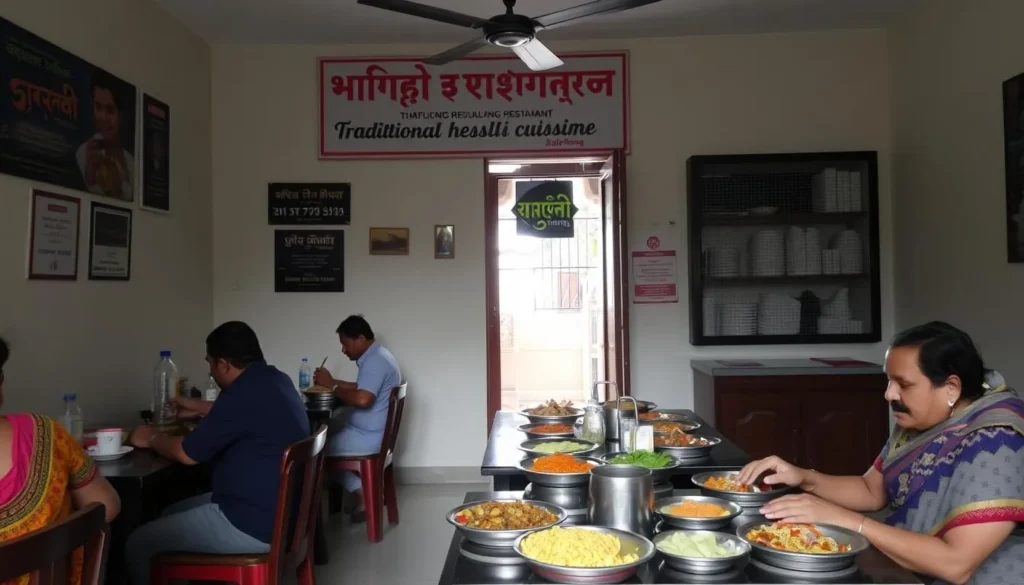
Dining options in Jaflong are limited but offer authentic local flavors:
Sengram Punji Cafe
Run by Nazimgarh Resorts, this is considered the best restaurant in Jaflong. Located in the Khasia village, it offers a more refined dining experience with both local and continental dishes. The setting is pleasant, and the food quality is reliable.
Ballaghat Restaurants
Several small restaurants line the area near Bolla Ghat, serving local Bengali cuisine. These establishments cater primarily to domestic tourists and offer dishes like fish curry, dal (lentils), and rice at reasonable prices. The quality varies, but the food is generally fresh and tasty.
Note that prices in all restaurants tend to be higher than in non-tourist areas, reflecting the destination’s popularity. If you have specific dietary requirements, it’s advisable to bring some snacks from Sylhet as options may be limited in Jaflong.
Practical Tips for Visiting Jaflong
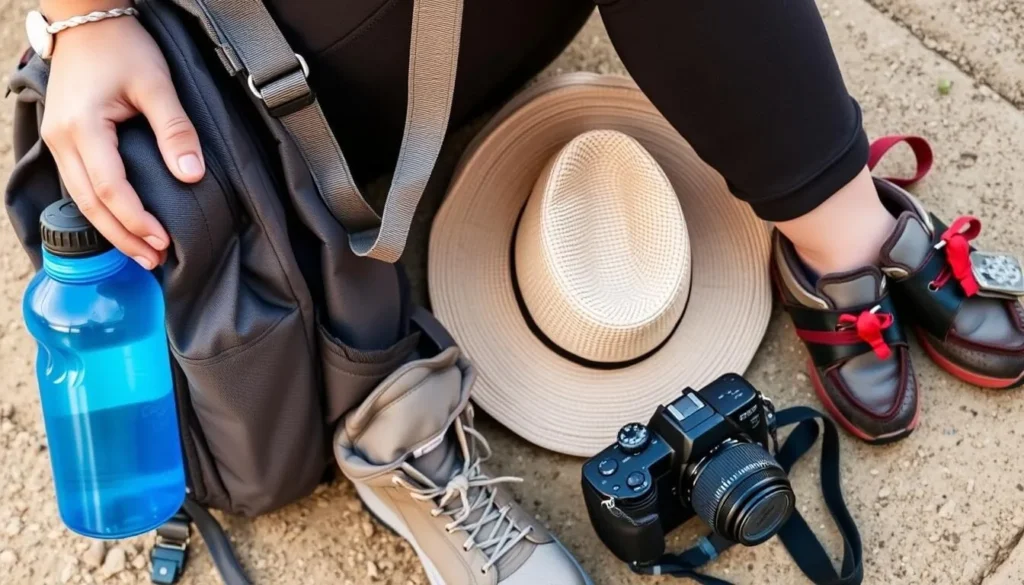
What to Bring
- Comfortable walking shoes with good grip
- Sun protection (hat, sunscreen, sunglasses)
- Light, breathable clothing
- Rain gear during monsoon season
- Camera with extra batteries
- Water and snacks
- Small denominations of Bangladeshi Taka
Local Etiquette
- Dress modestly, especially when visiting villages
- Ask permission before photographing people
- Remove shoes when entering homes or religious places
- Greet locals with “Assalamu Alaikum” (peace be upon you)
- Use right hand for eating or passing objects
- Bargain politely at markets
Safety Tips
- Stay hydrated, especially during hot months
- Be careful when walking on slippery river stones
- Don’t swim in the river during monsoon season
- Respect border areas and follow guide instructions
- Keep valuables secure and not openly displayed
- Carry a basic first aid kit
Nearby Attractions
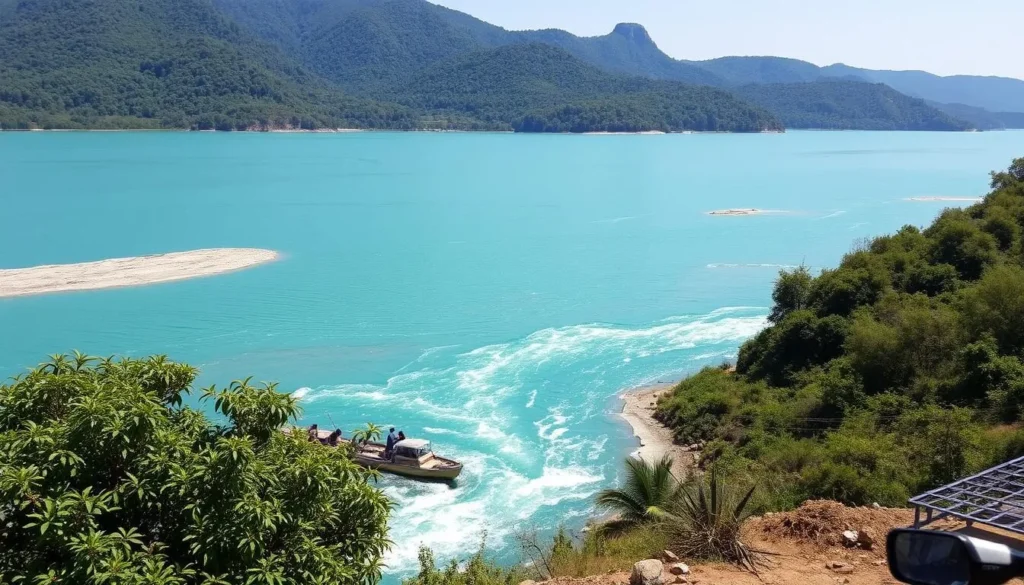
While in the area, consider visiting these nearby attractions that complement a trip to Jaflong:
Lalakhal
Just 12km from Jaflong, Lalakhal is famous for its river with striking blue-green water. Take a boat ride on the Sari River and enjoy the serene atmosphere. The area is perfect for relaxation and photography, with several restaurants serving fresh fish dishes.
Ratargul Swamp Forest
Often called the “Amazon of Bangladesh,” this freshwater swamp forest is about 45km from Jaflong. Take a boat through the submerged forest for a unique ecosystem experience, especially beautiful during monsoon season when the water level rises.
Lawachara National Park
Located near Srimangal (about 90km from Jaflong), this national park is home to the endangered hoolock gibbons and over 460 species of plants and animals. Hiking trails through the forest offer excellent wildlife spotting opportunities.
Explore More of Bangladesh
Discover guided tours to these attractions and more:
Browse Tours & Activities
Experience the Magic of Jaflong
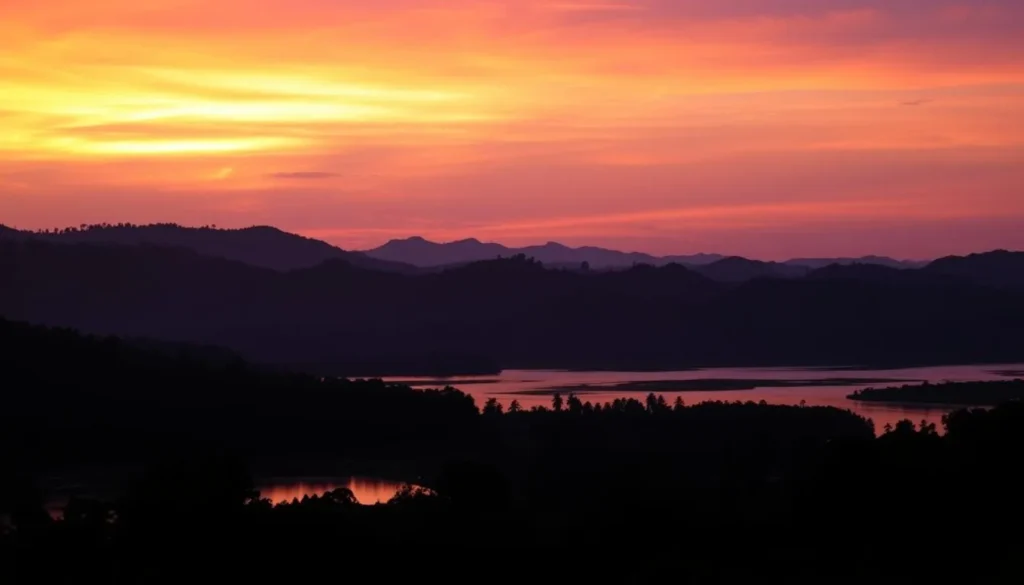
Jaflong offers a rare glimpse into a Bangladesh few travelers get to experience – where natural beauty meets fascinating human activity, where two nations share a border defined by crystal waters, and where ancient tribal traditions continue alongside modern life.
Whether you’re capturing the mesmerizing sight of stone collectors at work, gazing across at the hills of Meghalaya, or exploring the unique culture of the Khasia villages, Jaflong rewards visitors with authentic experiences and unforgettable memories.
As the sun sets behind the hills and casts golden light across the Piyain River, you’ll understand why this hidden corner of Bangladesh deserves a place on every adventurous traveler’s bucket list. Pack your camera, bring your sense of wonder, and let Jaflong’s natural rhythm guide your journey.
—
The above is subject to change.
Check back often to TRAVEL.COM for the latest travel tips and deals.
